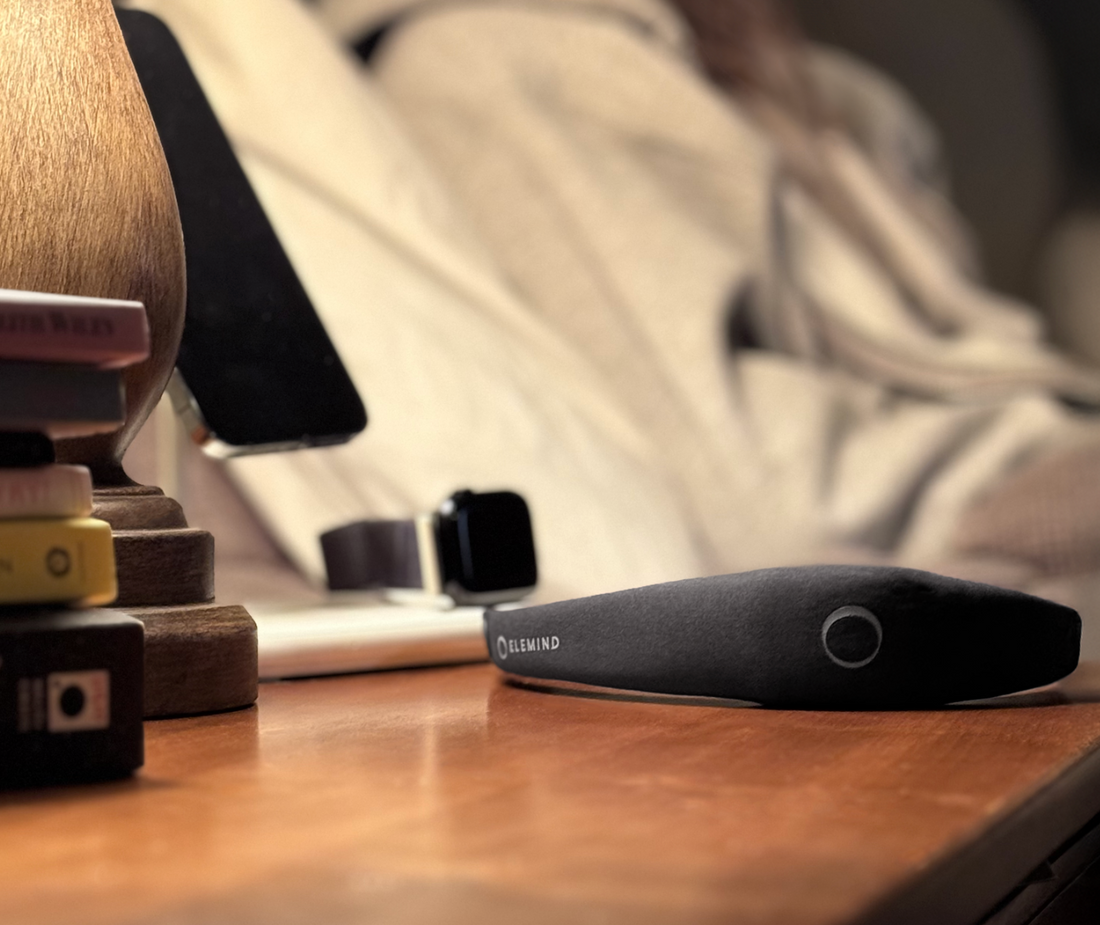By Dr. Scott Bressler, PhD
World Sleep Day highlights the universal importance of rest. Recent global studies show that insufficient sleep is a public health concern—around one-third of adults worldwide do not get enough restorative sleep [1]. This post dives into diverse global sleep practices and new findings in the field.
Global Sleep Practices
Siestas (Mediterranean Regions): Midday napping has been a cultural norm in some warm climates to escape peak heat. Research indicates that brief siestas can boost productivity and alertness, although excessively long naps can disrupt nighttime sleep [2].
Segmented Sleep (Historical Europe): Before modern lighting, people often slept in two shifts: “first sleep” and “second sleep.” They would briefly wake around midnight for an hour or two, then return to bed [3]. Modern living largely replaced this pattern with a single consolidated sleep period.
Early Bedtimes (Some East Asian Cultures): In certain regions, especially historically, early bedtimes aligned with sunset. Yet, modern technology and urban lifestyles have extended evening hours globally.
Recent Scientific Findings
Role of Glymphatic System: During deep, slow wave (delta) sleep, the ability of the brain’s glymphatic system to clear metabolic waste is greatly enhanced [4]. This process is crucial for cognitive function and may reduce risk for neurodegenerative diseases [5].
Circadian Biology Advances: New genetic research uncovers how clock genes regulate not only sleep but also mood, metabolism, and immune function. Disruption in these genes can predispose individuals to insomnia, depression, and metabolic disorders [6].
Sleep & Mental Health Correlation: Studies confirm robust connections between chronic sleep loss and depression, anxiety, and reduced cognitive performance [7].
Elevating Rest Efficiency & Quality
- Adopt a Wind-Down Routine: Consistency in pre-bedtime activities, such as relaxation techniques or light reading, signals your brain that sleep is imminent.
- Optimize Bedroom Environment: Keep it cool, dark, and quiet. Consider blackout curtains if external light interferes.
- Respect Cultural/Personal Differences: Some may benefit from short naps, while others find napping worsens nighttime sleep. Experiment with patterns that suit your lifestyle and biology.
World Sleep Day reminds us that while cultural practices vary, sleep is universally vital. From the siestas of Spain to the single sleep block favored in much of the world today, the key is to find a rhythm that promotes sufficient, high-quality rest. For those looking to harness technology, Elemind offers a wearable that aligns with the latest neuroscience, helping users fall asleep faster, re-initiate sleep if they wake up in the middle of the night, and enhance sleep efficiency. Modern neurotech can optimize rest no matter where you are.
References
- Scott H, et al. Are we getting enough sleep? Frequent irregular sleep found in an analysis of over 11 million nights of objective in-home sleep data. Sleep Health. 2023. https://doi.org/10.1016/j.sleh.2023.10.016
- Faraut B, et al. “Napping: A public health issue.” From epidemiological to laboratory studies. Sleep Medicine Reviews. 2017;35:85–100. https://pubmed.ncbi.nlm.nih.gov/27751677/
- Ekirch AR. “Segmented Sleep in Preindustrial Societies.” The American Historical Review. 2001;106(2):397–420. https://pmc.ncbi.nlm.nih.gov/articles/PMC4763365/
-
Wafford, K. A. “Aberrant waste disposal in neurodegeneration: why improved sleep could be the solution.” Cerebral Circulation - Cognition and Behavior 2, 100025 (2021).
https://www.sciencedirect.com/science/article/pii/S2666245021000222?via%3Dihub - Xie L, et al. “Sleep drives metabolite clearance from the adult brain.” Science. 2013;342(6156):373–377. https://pmc.ncbi.nlm.nih.gov/articles/PMC3880190/
- Patke A, et al. “Molecular mechanisms and physiological importance of circadian rhythms.” Nature Reviews Molecular Cell Biology. 2020;21(2):67–84. https://www.nature.com/articles/s41580-019-0179-2
- Freeman D, et al. “Sleep disturbances and psychiatric disorders.” The Lancet Psychiatry. 2020;7(7):628–637. https://www.thelancet.com/journals/lanpsy/article/PIIS2215-0366(20)30136-X/abstract


